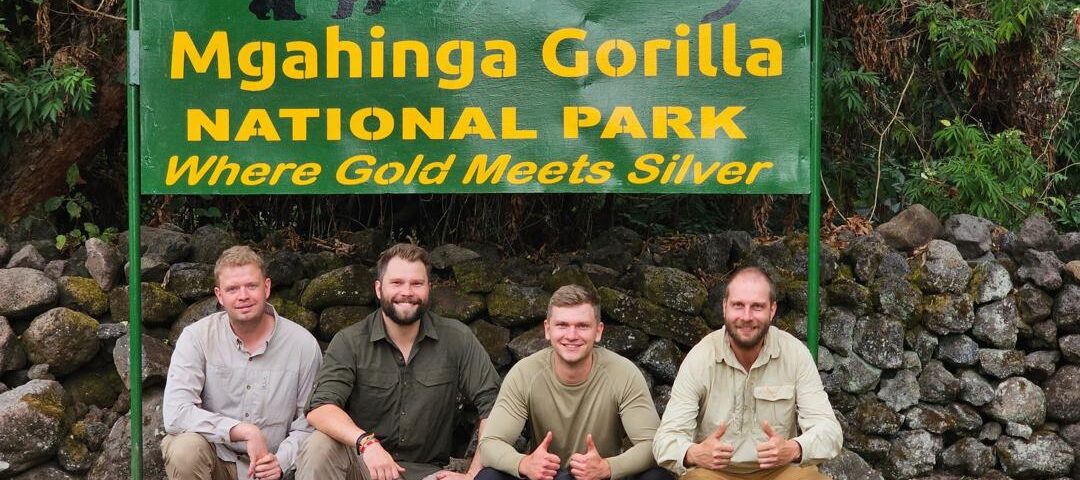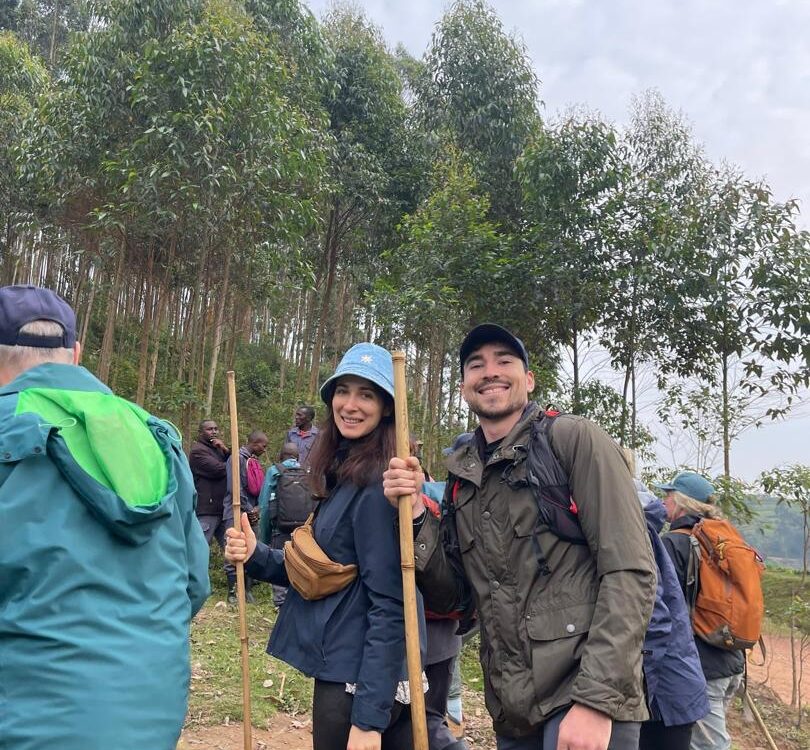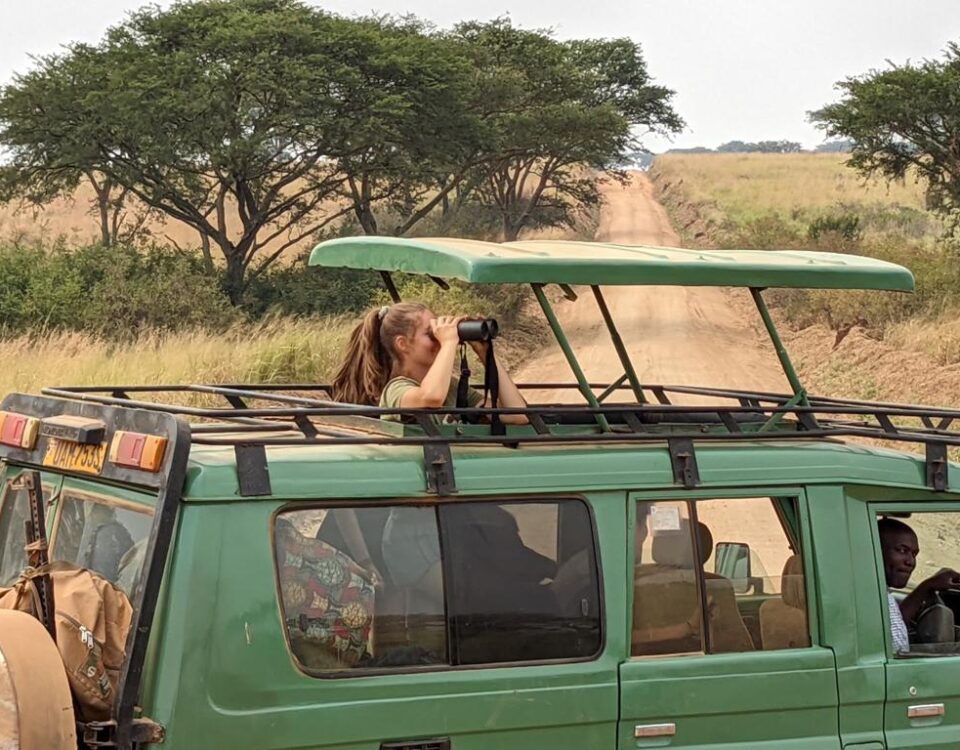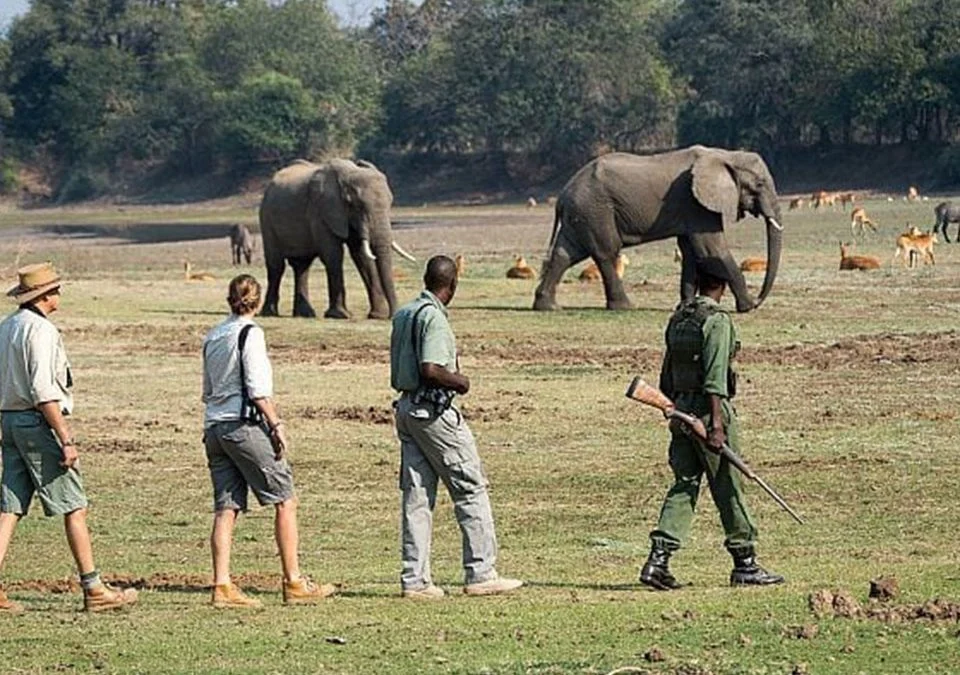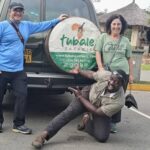
Is Uganda Better Than Rwanda for Gorilla Trekking?
November 7, 2024
How Do I Book Gorilla Trekking in Uganda?
November 14, 2024How Difficult is Gorilla Trekking in Uganda?
How Difficult is Gorilla Trekking in Uganda? Gorilla trekking in Uganda is undoubtedly one of the most rewarding wildlife experiences in the world. Trekking through lush rainforests to come face-to-face with one of the last remaining populations of mountain gorillas is an adventure unlike any other. However, this unique experience comes with its own set of challenges. For those considering a gorilla trekking safari in Uganda, it’s essential to understand the physical demands of the trek and what to expect along the way. In this detailed guide by Tubale Safaris Ltd, we’ll explore the difficulty level of gorilla trekking in Uganda, factors that influence the trek’s challenge, and how to prepare for a successful trek.
The Nature of Gorilla Trekking in Uganda
Gorilla Trekking: A True Adventure
Gorilla trekking is not a simple walk in the park. It involves hiking through thick forests, sometimes over steep, slippery slopes, and often in unpredictable weather conditions. Unlike safaris where animals are typically observed from a vehicle, gorilla trekking requires trekkers to be physically prepared to venture into the wild and track down gorilla families in their natural habitats.
Mountain gorillas are found in the dense forests of Bwindi Impenetrable National Park and Mgahinga Gorilla National Park in southwestern Uganda, both of which are known for their challenging terrain. The trek can take anywhere from 3 to 8 hours, depending on the location of the gorilla family and the conditions of the trails.
The Terrain: Rugged and Unpredictable
Both Bwindi and Mgahinga are rainforests, meaning the terrain can be rugged and muddy. The dense vegetation makes it difficult to move quickly, and trekkers often have to navigate through thick underbrush, crossing streams, or scrambling over rocks and fallen trees. The elevation can also pose a challenge. In Bwindi, for example, some trekking routes take you to altitudes of up to 2,500 meters (8,200 feet), which can make the air thinner and the hike more strenuous.
The Trekking Experience: A Physical Challenge
While the trek itself is physically demanding, it is not considered extreme. However, the hike can be grueling, especially for those who are not accustomed to physical exertion. The level of difficulty depends on several factors, including the location of the gorillas, the season, the weather, and the individual trekker’s fitness level.
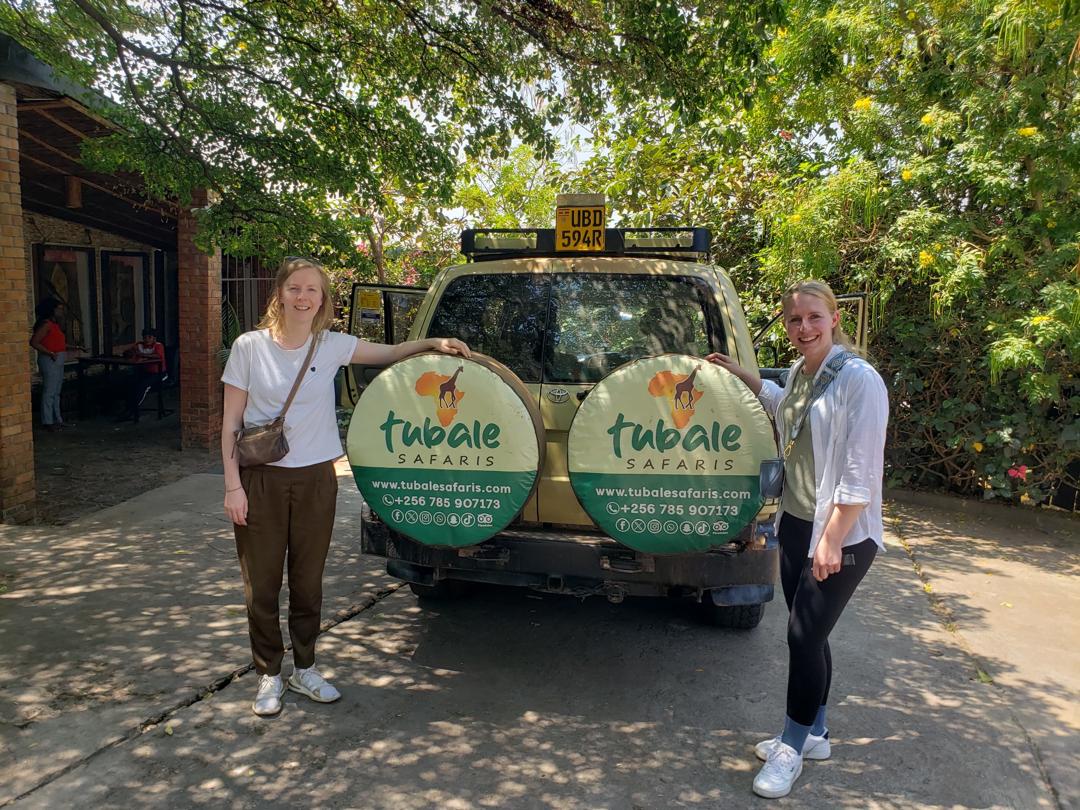
How Difficult is Gorilla Trekking in Uganda?
Factors Affecting the Difficulty of Gorilla Trekking
- The Location of the Gorilla Family
The distance trekkers need to cover to reach a gorilla family can vary greatly. Some groups are located relatively close to the starting point, while others may require a long and challenging hike. The Buhoma sector of Bwindi Impenetrable National Park is generally more accessible, and gorillas are often located near the starting point. However, in sectors like Nkuringo and Rushaga, the gorillas may be located much further into the forest, requiring trekkers to hike for longer durations and navigate steeper terrain.
- The Season and Weather Conditions
Uganda has two rainy seasons: the long rains from March to May and the short rains from October to November. During these periods, the trails can become muddy and slippery, significantly increasing the difficulty of the trek. The rainy season also brings thick fog, which can reduce visibility and make it harder to track the gorillas. The best time to trek is during the dry seasons (June to September and December to February), when the trails are less slippery, and the weather is more predictable.
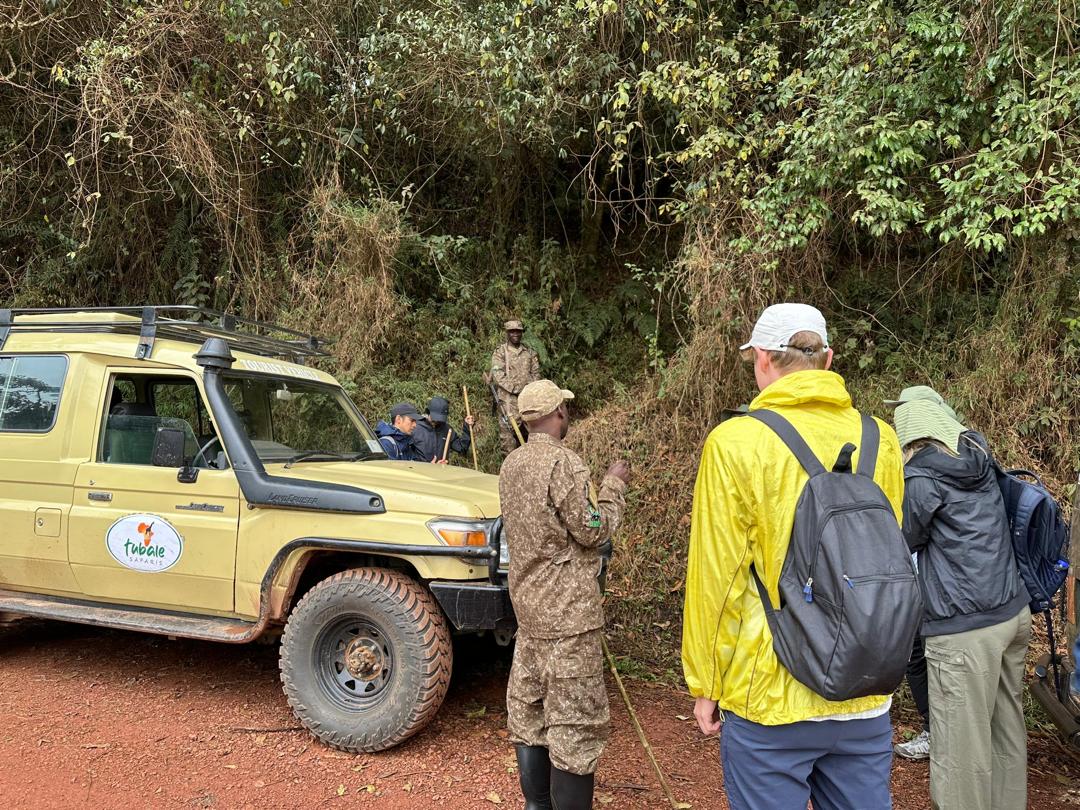
How Difficult is Gorilla Trekking in Uganda?
The Elevation and Terrain
Both Bwindi Impenetrable National Park and Mgahinga Gorilla National Park are located in mountainous regions. The steep slopes and high elevation make the trekking experience more challenging. In Bwindi, the terrain is particularly rugged, with hills, valleys, and densely forested areas that are difficult to navigate. Some trails in Bwindi can be very steep, which makes them more challenging for trekkers with limited mobility or those not in peak physical condition.
In contrast, Mgahinga offers a different challenge, as its trails often lead up the sides of the Virunga volcanoes, which are covered with volcanic rocks and dense vegetation. The volcanic soil is softer than the dense forests of Bwindi, but the trails are steeper, adding an extra level of difficulty.
Physical Fitness and Preparation
Gorilla trekking requires a moderate level of fitness. While the trek is not a mountaineering expedition, it is a physically demanding activity. Trekkers should be prepared to walk for hours, sometimes on steep inclines, and deal with challenging weather conditions. If you are not in good physical condition, it may be a good idea to prepare in advance. Regular hiking, cardiovascular exercises, and strength training can all help improve your stamina and endurance for the trek.
The Duration of the Trek
The duration of the trek can vary depending on the location of the gorilla group. While some treks may last only a couple of hours, others can extend beyond 6 hours. In general, the average trek lasts about 3 to 5 hours. If the gorillas are far from the trailhead, trekkers may need to cover a greater distance, which increases the trek’s difficulty. However, once you reach the gorillas, the reward is immense — a peaceful hour spent with the gentle giants of the forest.
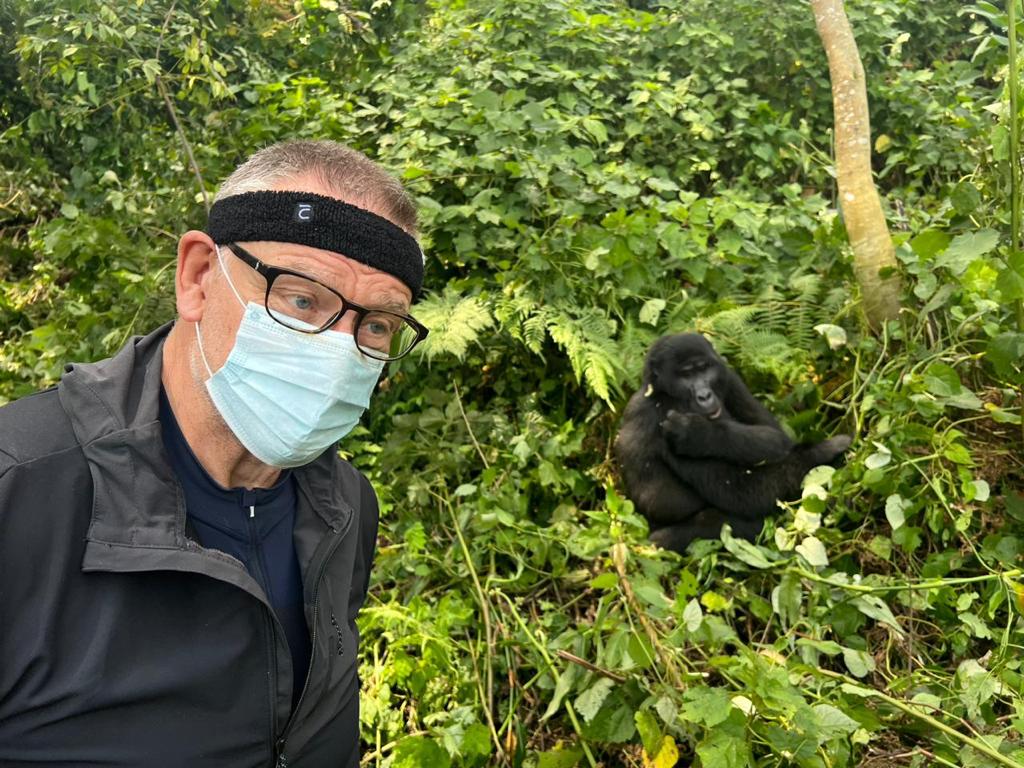
How Difficult is Gorilla Trekking in Uganda?
How to Prepare for Gorilla Trekking in Uganda
- Physical Preparation
To ensure a smooth trekking experience, it’s essential to prepare your body for the physical demands of the trek. The following steps can help:
- Cardio Training: Engage in activities like hiking, jogging, swimming, or cycling to improve your cardiovascular endurance.
- Strength Training: Work on building your leg and core muscles to help you navigate uneven, rocky terrain.
- Practice Hiking: If possible, practice trekking in hilly or mountainous terrain to prepare for the elevation challenges.
- Flexibility: Incorporating yoga or stretching into your routine can help prevent injuries during the trek.
- Mental Preparation
Gorilla trekking is not just a physical challenge but also a mental one. The trek can be long, tiring, and at times frustrating. It’s essential to stay patient and positive throughout the process. The reward, once you see the gorillas, is well worth the effort, so maintaining a positive attitude is key.
- Packing the Right Gear
For a successful and comfortable gorilla trek, it’s crucial to pack the right gear. The essential items include:
- Sturdy Hiking Boots: These are crucial for providing support and grip on uneven, muddy, and slippery trails.
- Rain Gear: A light rain jacket or poncho will help protect you from the frequent rain showers in the rainforest.
- Long Sleeved Shirt and Pants: These will protect you from insects, scratches, and the occasional thorny bush.
- Waterproof Bag: To keep your camera, phone, and other valuables dry during the trek.
- Insect Repellent: To protect against mosquitoes and other insects.
- Snacks and Water: Pack light snacks like granola bars and plenty of water to stay hydrated.
Hire a Porter
Many trekkers choose to hire a porter to assist them with their gear and provide support during the trek. Porters are knowledgeable locals who are accustomed to the terrain and can make the trek much easier, especially for those who may not be in peak physical condition. Porters are an additional cost, but they can make the experience much more enjoyable and comfortable.
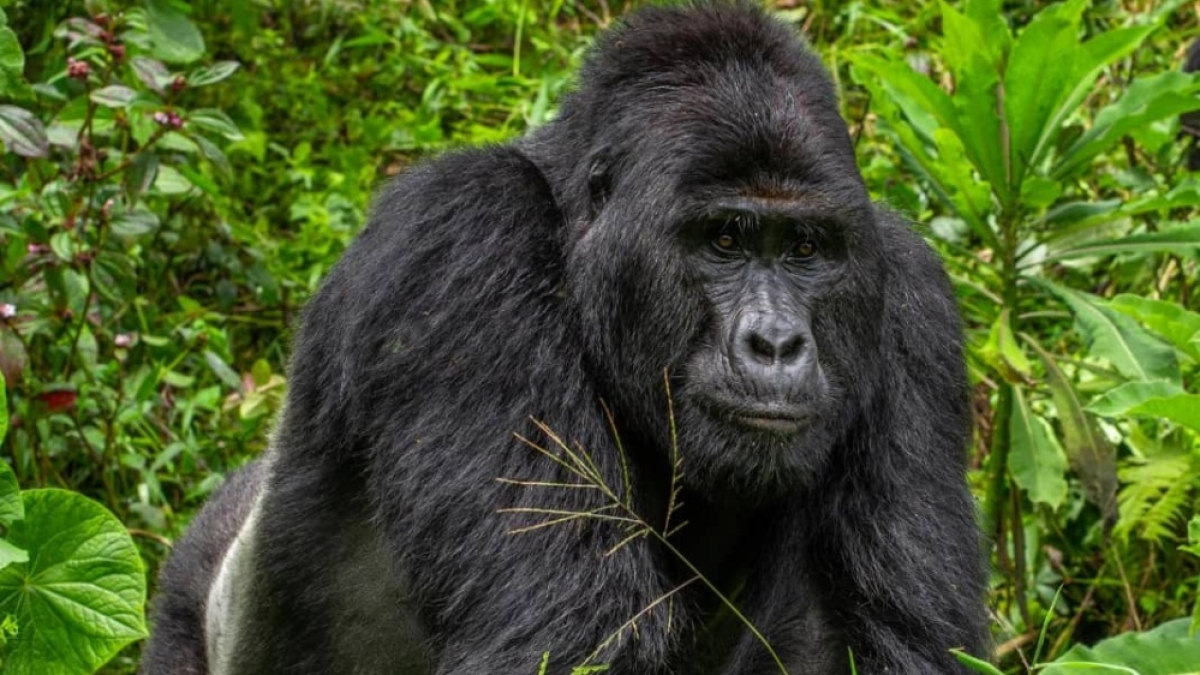
How Difficult is Gorilla Trekking in Uganda?
What to Expect on the Trek
The First Steps: Starting the Trek
Your gorilla trek begins early in the morning at the designated park headquarters. You will meet with your guide and a group of fellow trekkers before being assigned to a gorilla family to track. The ranger guide will provide an overview of the trek, the rules for interacting with the gorillas, and safety guidelines.
Tracking the Gorillas
After a briefing, the trek begins. Depending on the gorillas’ location, the hike may be relatively easy or challenging. You will be trekking through thick forest, and the rangers will guide you through the safest routes. The trail can be muddy, slippery, and at times difficult to follow, so it’s essential to be cautious and prepared for the elements.
The Moment of Encounter
The final part of the trek — the moment when you first lay eyes on the gorillas — is often the most difficult part of the journey. After hours of trekking, you may encounter the gorilla family. The experience of seeing these magnificent creatures in their natural habitat is incredibly rewarding. You’ll spend up to one hour observing them, taking photos, and soaking in the incredible moment.
Conclusion: Is Gorilla Trekking in Uganda Difficult?
Gorilla trekking in Uganda is undoubtedly a physical challenge, but it’s not beyond the reach of most healthy individuals. The difficulty depends on several factors, including your fitness level, the sector you trek in, the weather conditions, and the terrain. With the right preparation, equipment, and mindset, the trek can be an enjoyable and life-changing experience. Whether you choose to trek in the dense forests of Bwindi Impenetrable National Park or the volcanic terrain of Mgahinga Gorilla National Park, the journey is worth the effort. At Tubale Safaris Ltd, we provide all the necessary support to ensure you are well-prepared for your gorilla trekking adventure in Uganda. With our expert guides and carefully planned itineraries, we’ll help you navigate the challenges and enjoy one of the most extraordinary wildlife experiences of your life.

